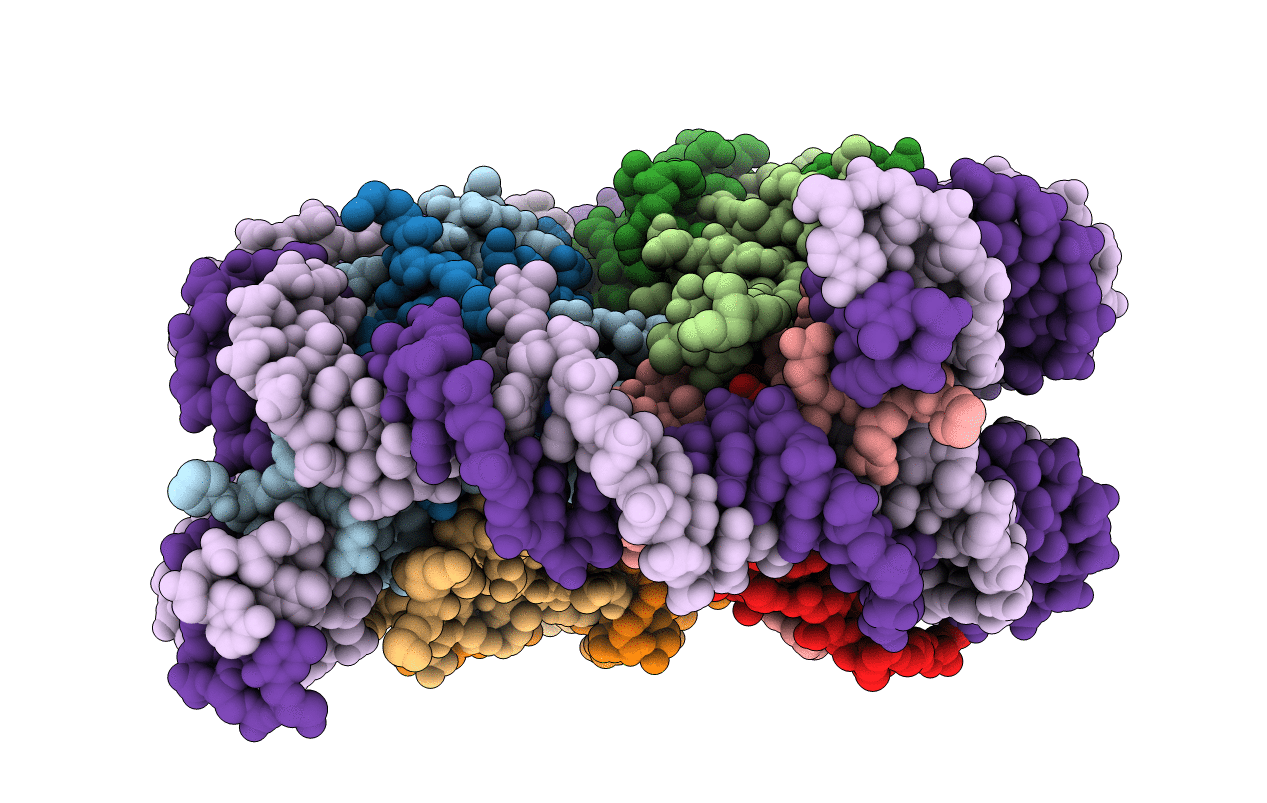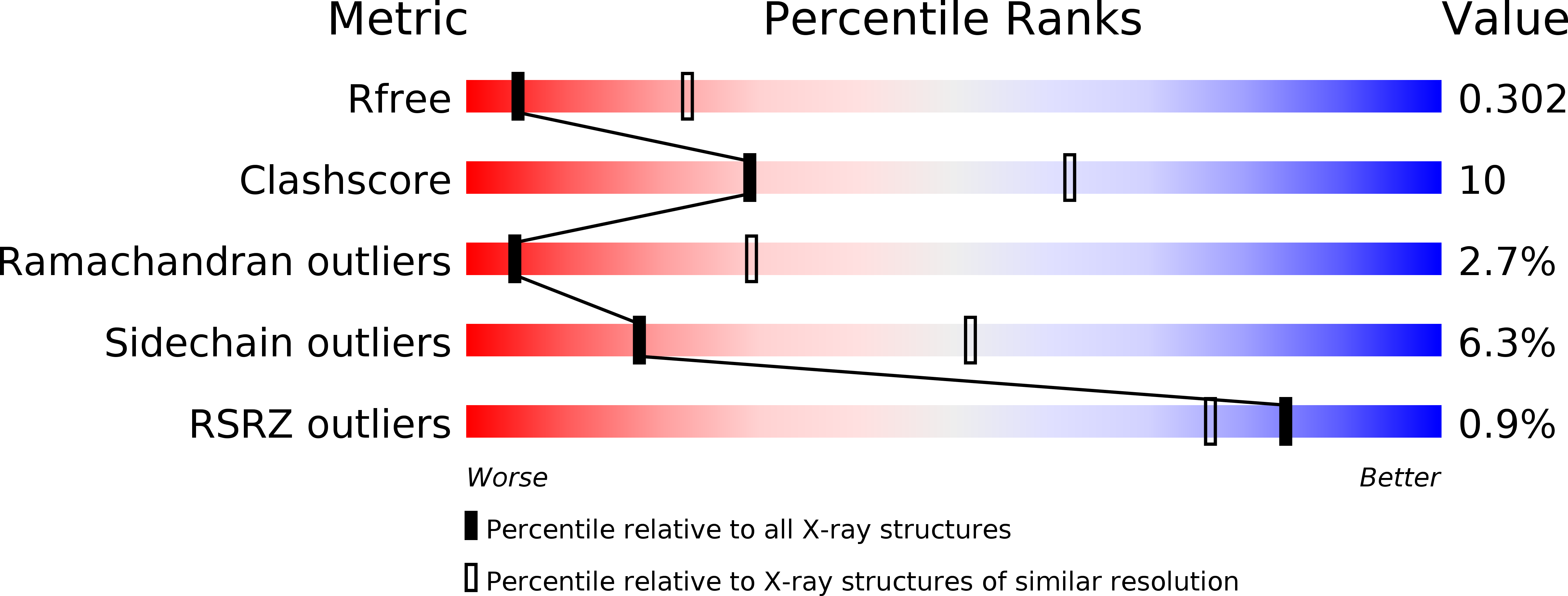
Deposition Date
2010-07-28
Release Date
2011-01-05
Last Version Date
2024-02-21
Entry Detail
PDB ID:
3O62
Keywords:
Title:
Nucleosome core particle modified with a cisplatin 1,3-cis-{Pt(NH3)2}2+-d(GpTpG) intrastrand cross-link
Biological Source:
Source Organism:
Xenopus laevis (Taxon ID: 8355)
Host Organism:
Method Details:
Experimental Method:
Resolution:
3.22 Å
R-Value Free:
0.30
R-Value Work:
0.24
R-Value Observed:
0.25
Space Group:
P 21 21 21


